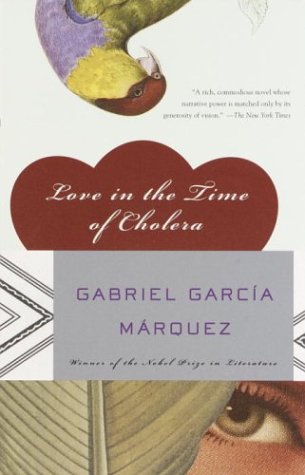 I read this book because a lady, Gemma Bulos, on the Echoing Green website had it on her books to read about making the best of your life. Because I’m always trying to see what the world changers are up to, I read it. The author of the best-seller, The Alchemist magically weaves this tale about life, purpose, meaning and death.
I read this book because a lady, Gemma Bulos, on the Echoing Green website had it on her books to read about making the best of your life. Because I’m always trying to see what the world changers are up to, I read it. The author of the best-seller, The Alchemist magically weaves this tale about life, purpose, meaning and death.From the first page (and the title) you know what the protagonist is thinking. One day she simply decides to die.
As the book continues, you understand why she chose to end her life or monotony and quiet desperation. For all those bored with the simplicity of their lives, take a cue from Veronika, a young, Slovenian girl who realizes too late all she wants is the one thing she was willing to throw away. Given one week to live she begins to live without the debilitating fear of judgment that ruled her life, she remembers the things, hobbies and places that had once brought her joy. I enjoyed this book though it was a little slow after Veronika’s initial decision to kill herself, because I could see the transformation from a person sleep walking through like to one with such a passion for it I almost forgot she was going to die.
Most of the book takes place inside an insane asylum where Veronika is sent after her attempt and the other patients represent the full spectrum from schizophrenics to healthy adults who enjoy the carefree, regimented shelter of the insane asylum life. The book has even more meaning as Coelho, having spent time in an Argentinian asylum himself, has hinted to it being loosely based on his life.
And to top it all off, drumroll please…its being made into a movie! I would definitely recommend reading this book first, but Buffy is to star as Veronika in the movie of the same name in early 2009! Jonathan Tucker, David Thewlis and Melissa Leo round out the cast. I’ll be back with the comparison as soon as it hits the big screen.
--Melissa Johnson
















